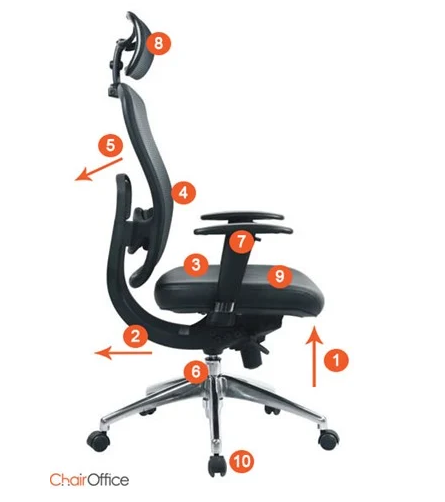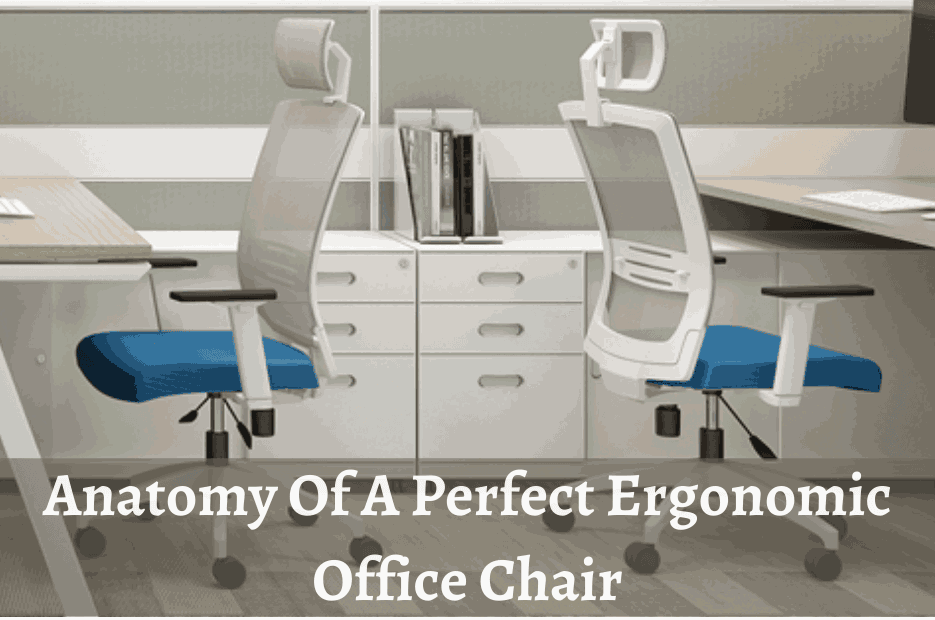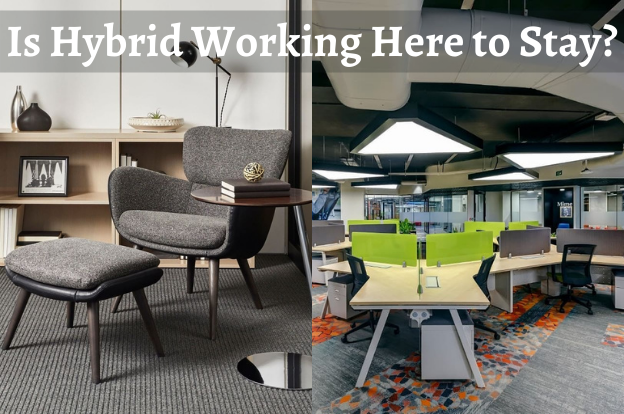As an office-going employee, you will find yourself spending most of your day sitting in your office chair. Hence, it makes full sense that you sit on a comfortable one. In fact, an office chair can be likened to a personal assistant - you would rather have one who provides the required support and not one who adds to your workload!
A 2018 report by workplace solutions provider ‘Steelcase’ titled 'Inside Innovation’ notes that 47% of employees want better work ergonomics. Some time back, Expedia - a global travel agency, conducted a worldwide survey where they found India to be having the highest number of overworked employees, right after Hong Kong. Indian employees worked an average of 42 hours in a week, while Hong Kong worked for 46 hours.
While cutting out on the time employees spend at work may not be an immediate possibility, we can at least make their stay at work less stressful and more fruitful which is where an ergonomic chair matters. An ergonomic office chair makes it easier for sedentary employees to do their job, it reduces their stress and removes unnecessary health hurdles that may arise from prolonged sitting. So what constitutes the anatomy of the best ergonomic chair anyway? Let’s find out.

1. Seat height
An optimal seat height is one where you can place your feet flat on the floor. Hence, choosing a chair with an adjustable seat height is a good idea considering every person is built differently. A seat height that ranges from about 16 to 21 inches off the floor is an ideal height range for most Indian people to be seated comfortably.
2. Seat width and depth
The seat should have enough width and depth to support any user comfortably. Proper seat depth should leave 2 to 4 inches between the edge of the seat and the back of your knees. If the seat is too far ahead, it can put undue pressure on the back of the knees. Usually, 17-20 inches wide is the standard.
3. Seat tilt
Seat tilt is a feature present in all good ergonomic chairs, which allows for the correct positioning of the pelvis. Incorrect positioning of the pelvis leads to an Anterior pelvic tilt, a posture problem affecting almost everyone who sits a lot. Hence, it is recommended to keep the pelvis in a neutral position when sitting, preferably with an 80-degree angle at the hips, knees, and ankles.
4. Backrest Lumbar support
Backrest lumbar support refers to your lower back and is an important feature of an ergonomic chair. Chairs with backrest lumbar adjustment support the natural shape of the spine by aligning the shape of the chair with the curve of the spine, thereby reducing the stress.
5. Backrest recline
An adjustable backrest allows freedom to adjust and position the back in a natural position. This helps distribute weight evenly from your upper body and reduces the pressure on your spinal disk and muscles.
6. Swivel
Swivels allow lateral sideways movement negating the need to twist your body awkwardly when seated. This makes it more convenient for those suffering from lower back pain. The swivel assists with maneuverability, making it easier to reach different points of desks without excessive strain on your lower back.
7. Armrests
Armrests are meant to keep the shoulders relaxed and reduce upper body tension while seated against the desk. However, armrests should not be used when typing as this reduces overall arm movement, which in turn increases wrist movement leading to strain on the forearm muscles.
8. Headrest
An office chair with a headrest prevents you from hunching forward, scrunching your shoulders, and putting pressure on your back. They are meant to provide maximum comfort to your head, upper neck, shoulders, and upper torso while also protecting your back from injury.
9. Fabric
A chair made from comfortable fabric ensures the user’s back remains dry and avoids the accumulation of sweat on the back even with materials such as leather or velvet. Not just that, good fabric options are also capable of adding a distinct charm and cheer to the workstation in particular and the workplace in general.
10. Wheels
The main benefit of chairs with wheels is that you can move them around without the need to lift them up. This is especially helpful if your job frequently requires you to reach out for stuff that is not exactly within your arms' reach.
So is having ergonomic furniture worth the investment? Yes, absolutely!
Not only is ergonomics good for your business, but it’s also great for your employees too. As a global office furniture brand advocating health & safety, we need to be able to demonstrate the value of ergonomics through our range of office furniture. As a leading office chair manufacturer, HNI India designs and develops highly research-based ergonomic office chairs that are built to provide comfort, reduce stress & strain, and significantly boost productivity. You can even check and buy office chairs online through our HNI e-store website.



